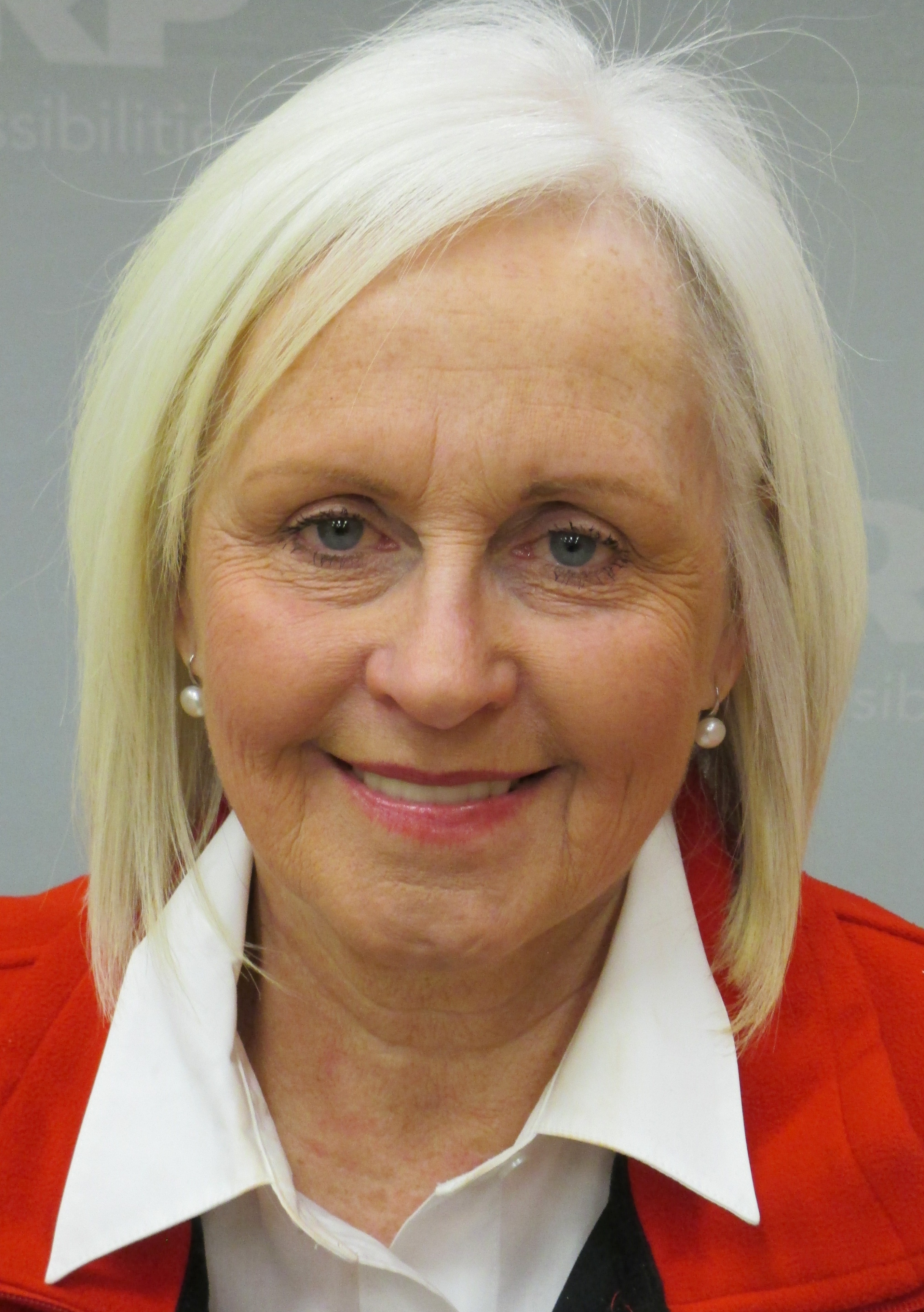AARP Hearing Center

by Terry Snyder
Any person who loses their job has a tough time. For those ages 40 and older, circumstances are especially hard. Once unemployed, older workers are less likely to find new jobs than their younger counterparts, more likely to drop out of the labor force, and more likely to experience earnings and benefit losses—like affordable health coverage—if they do find work.
We also have tens of thousands of hardworking Alaskans working in positions without health benefits who continue to be denied access to affordable health care. This, because the state legislature has yet to debate the merits of the Healthy Alaska Plan—Alaska’s commonsense approach to covering the 41,000 Alaskans who now fall into what’s called a new health care “coverage gap.”
While many Alaskans were able to get health care in 2014 through the Health Exchange, those left behind—including many age 50 to 64—still have no option for affordable care. The reason is threefold: They are too young to qualify for Medicare; earn too much to get help from Medicaid; and, ironically, earn too little to receive any subsidy through the Health Exchange.
To put this in perspective, an Alaskan between the ages of 18 and 64 who earns $14,700 a year has no access to affordable health care, but his or her neighbor who makes just a little bit more qualifies for assistance through the Health Exchange. The Healthy Alaska Plan will correct this problem.
In fact, the Healthy Alaska Plan will do much more. It will provide 41,000 hardworking Alaskans with the security of knowing they can get the care they need, help physicians, and benefit the state’s economy.
That’s right, if helping 41,000 Alaskans with access to affordable coverage is not reason enough to pass the Healthy Alaska Plan, the Plan will also boost the state’s economy at a time when we need it most—providing a $1.1 billion infusion of federal revenue, creating 4,000 new jobs, adding $1.2 billion more in salaries and wages for Alaskans and increasing economic activity by $2.49 billion.
Further, the Healthy Alaska Plan will save Alaskans money by driving down uncompensated care costs that arise when patients without health coverage cannot afford to pay their medical bills—costs that are passed along through higher insurance premiums.
According to a just released report by the nonpartisan Robert Wood Johnson Foundation, in states that expanded access to affordable health care—whether through traditional Medicaid or a private-public partnership—both patients and providers have benefited:
- More individuals have access to affordable health coverage, especially those between the ages of 35 and 64: In 2013, these older patients were less likely to obtain health coverage compared to those between the ages of 18 and 34; in states that expanded access to affordable health care these age disparities have largely disappeared.
- The number of visits to doctors by uninsured individuals has fallen, much more dramatically in expansion states: the numbers of uninsured patients have fallen from 4.6 percent to 2.8 percent, a relative decrease of 39 percent—compared to 11 percent in non-expansion states.
- Further, for all states, physicians have not been overwhelmed since the federal health care law took effect: New patient visits to primary care providers increased only very slightly, from 22.6 percent in 2103 to 22.9 percent in 2014, countering the so-called “crowd out” hysteria.
Those who oppose the Healthy Alaska Plan have resorted to scare tactics, misinformation, and name-calling to shut down debate. Let’s stick with the facts. The Healthy Alaska Plan makes smart economic sense for our state, while giving tens of thousands of hardworking Alaskans the opportunity to access affordable health care, stay healthy and build financial security.
That’s why AARP supports the Healthy Alaska Plan as a commonsense approach to expanding affordable health coverage to the 41,000 hardworking Alaskans—none of whom are eligible for Medicare—who now fall into the new coverage gap. We urge the state legislature to put Alaskans first by debating and passing the Healthy Alaskan Plan now.
The Healthy Alaska Plan is good for Alaskans, good for our economy, and good for our state.
--------
Terry Snyder volunteers as the AARP Alaska State President































































